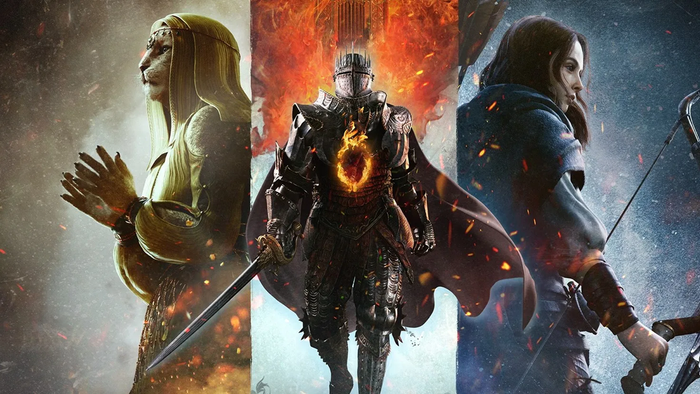
Featured Blog | This community-written post highlights the best of what the game industry has to offer. Read more like it on the Game Developer Blogs.
Street Fighter IV exemplifies the gaping hole in the design of fighting games: a lack of variety in defensive options that's as full-featured as the variety of offensive options.

When Street Fighter 2 first appeared in the arcades, I described it like we describe Shadow of the Colossus nowadays. "It's all boss fights, nothing but boss fights. But with huge, highly detailed bosses, each with their own unique flavor." To distance it from the Double Dragon clones, I stopped calling SF2 a fighting game and started calling it a martial arts game. A simulator.
Yes, it had some weird stuff, like that bit where "that Ryu guy" throws a blue light orb out of his wrists. This was in the days before anime was part of the mainstream consciousness. But in spite of that, SF2 had an incredible variety of attacks: six attacks per three vertical states, with a primary speed vs power tradeoff, plus subtler variations in attack area, duration, and priority. Everything you needed to know was presented visibly. This is "visible gameplay mechanics", and it is good game design.
By contrast, SF4 has the heads-up display from a battlemech game: there's gauges and numbers and such all over the screen, with no indication what each affects or is affected by. If we wanted to add time-dependent resources to SF2's spatial resources, that's wonderful, but make it fatigue or anger or smugness or overconfidence, and animate it in the character's body language and facial expressions, not some abstract gauge far from the player's focal point.
Then there's the over-reliance on magic attacks. Supers, specials, whatever you call them, they've almost completely supplanted the basic punches and kicks. The magic attacks themselves require a dexterity test of the player, where anyone could walk up and play 95% of SF2.
Fighting games have always had many offensive options. What we need now is to balance that with some defensive options.
Defense has been the weak point of fighting games. "Blocking" almost always means a single, non-animated still shot. In actual martial arts, freezing in a covered-up state like that is a bad tactic. Rather, defense has just as much variety as offense: hard vs soft blocks, dodges & weaves, ripostes, "slipped" attacks, and the various implications that blocking with one limb vs a different limb has on one's counter-attacking options. We have six buttons available, after all.
SF3's parry system was an attempt, but it was too extreme. If you timed it right, you were instantly able to do any combination whatsoever. If you timed it wrong, you were severely punished by whatever combo the opponent could bring. Martial arts does not work that way. You have to choose a defense, and each has its tradeoffs, just as attacks do.
At the very least, animating the various defensive options would improve the look of the matches by removing some of the visual repetitiveness. As is, SF4 reminds me of Final Fantasy 7: each side takes turns doing a combo, with the occasional summoning of the Ultra Combo that's much too long to watch 50 times.
Capcom's unthinking inclusion of abstract-gauge mechanics with no grounding in the real world is a case of lazy game design. A re-thinking of how defense is handled, by looking at how it works in the real world and dovetailing off that, could have deepened SF4's gameplay in a way that makes sense to ordinary, walk-up-and-play people.
Street Fighter used to be about martial arts and what would happen if you pitted a capoeira practitioner against a sumo wrestler, in the days before the UFC television show did it for real.
Now it's just disconnected fantasy.
About the Author(s)
You May Also Like








